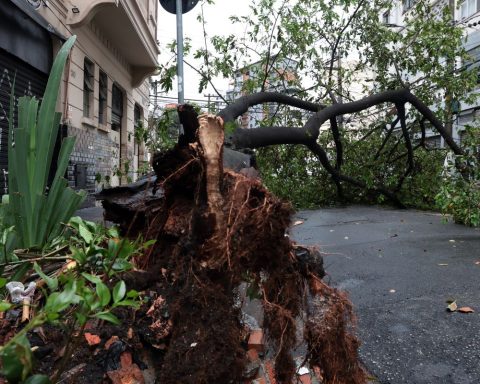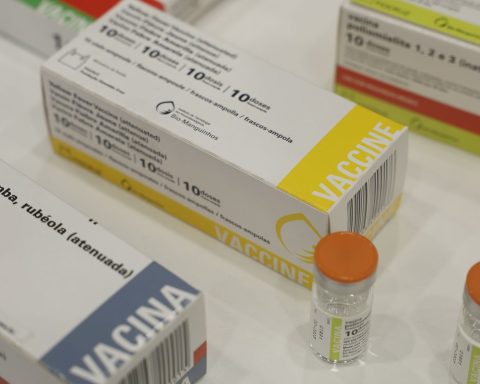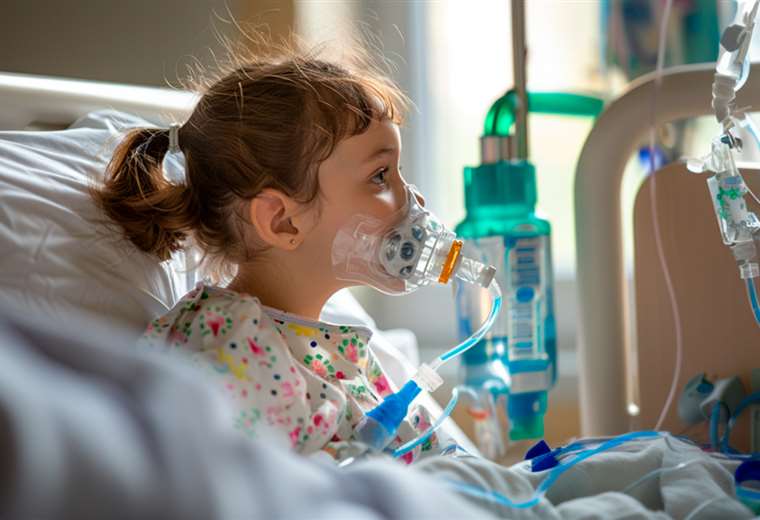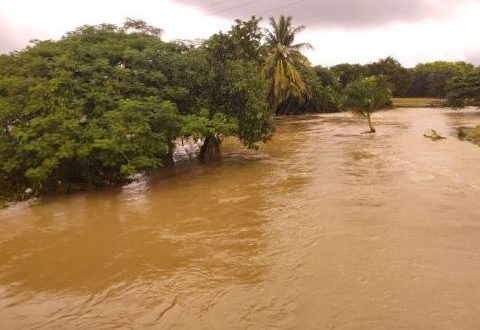According to data from the Cardiovascular Health Observatory of the National Institute of Cardiology (INC), based on information from Datasus, from the Ministry of Health, covering the period from 2008 to 2023, the winter season leads to an increase in hospitalizations due to heart attacks. This increase reaches up to 12% in Brazil, in people who present risk factors, said this Friday (26) to Brazil Agency INC director Aurora Issa. Worldwide, the rate reaches 30%.
Some physiopathological aspects contribute to the increase in heart attacks at this time of year, highlighted Dr. Aurora.
“One of the situations is that the cold causes the blood vessels to contract in response to the cold. As a result, in some cases, there may be an increase in blood pressure and this ends up creating resistance to the heart’s pumping of blood, which can overload the heart a little. This is one of the mechanisms.”
Another factor is the number of hospitalizations due to respiratory infections that occur in winter.
“Respiratory infections have the potential to destabilize plaques and form thrombi in patients with fatty plaques in the coronary arteries, the main substrate for heart attacks.” The thrombus blocks the flow of blood through the vessel, and this happens with significant frequency in patients with respiratory infections in winter, says the specialist.
Symptoms
Some symptoms may indicate that a person is having a heart attack. “The classic symptom is prolonged chest pain, generally a pain that the patient is not used to and that does not go away with the usual medications.”
Atypical symptoms may also occur. Sometimes, the patient may only experience discomfort, shortness of breath, or fatigue. “If symptoms are different from the usual, the person should seek help. Without a doubt, the most common is prolonged chest pain, which may radiate to the left arm.
The recommendation is to seek medical attention immediately. “The longer a person who is having a heart attack waits to receive care, the more heart muscle they will lose and the damage can lead to necrosis, which is cell death. Care must be provided quickly to unblock the artery, which can be done through medication or an angioplasty procedure,” he explained.
Prevention
Cardiologist Flavio Cure, responsible for the Cardio-oncology service at Rede D’Or, stated that people with a greater propensity to cardiovascular diseases, such as heart patients, the elderly and those with other chronic diseases, should adopt preventive measures against heart attacks in winter.
“When it’s cold, to maintain temperature, the body reduces the size of the blood vessels and releases adrenaline, so the heart works harder.” He recommends that people control their blood pressure, weight, glucose and cholesterol. “They should try to keep risk factors under control.”
Another thing is that in cold weather, people tend to drink less water, which makes the blood thicker. Therefore, he recommended drinking more liquids at this time of year. The doctor makes it clear that anyone can have a heart attack, although those with changes in heart circulation are more likely to have it. “Many times, the person doesn’t even know it. So, everyone should protect themselves from the cold.”
Heart attacks are more common in men than in women, according to INC director Aurora Issa.
According to cardiologist Flavio Cure, the incidence of heart attacks increases in men after the age of 50, and in women, after the age of 60. It can happen to young people, but it is rarer, because young people have better circulation, as long as they do not have any underlying disease.

















